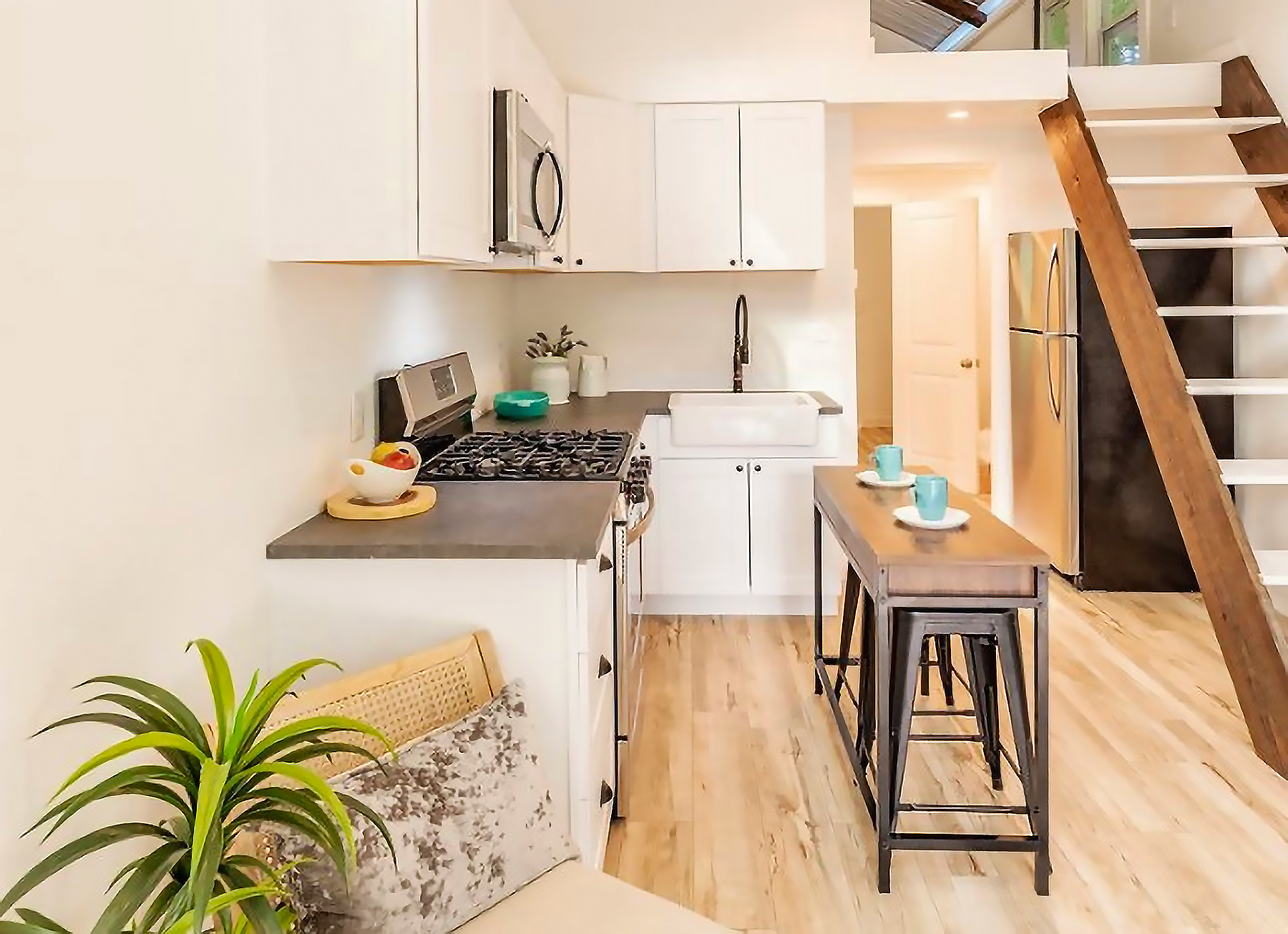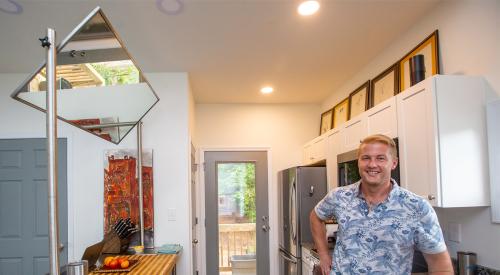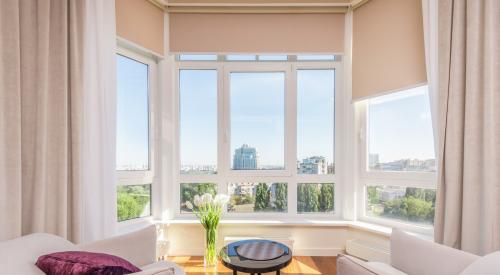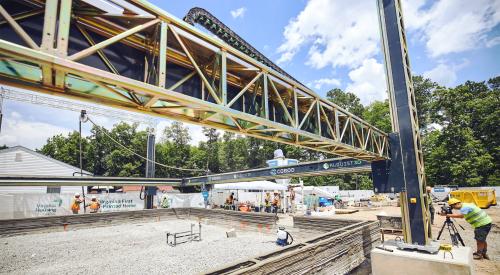Justin Draplin wants to break the association that some people make between “tiny home” and “cheaply made.” As founder and CEO of Eclipse Cottages, a tiny-homes developer based in South Carolina, Draplin has found that some local jurisdictions and residents are wary of the tiny homes concept.
“People are scared of the words ‘tiny homes’ because they think of trailer parks and mobile home parks that have negative connotations,” Draplin says. “Most people don’t yet understand that tiny homes are an aspirational way to live. Tiny homes are affordable, but they don’t need to be cheap.”
Yet many people do grasp that concept, judging from the early success of Draplin’s startup. Eclipse Cottages built its first tiny home just over a year ago and over half a dozen more cottages since then. Today, Eclipse has about 1,000 lots waiting for tiny homes.
TINY HOME COMMUNITIES BUILT TO LAST
To fill that backlog and future orders, Eclipse recently built a 100,000-square-foot manufacturing facility in upstate South Carolina. In this climate-controlled factory, the company will be able to build a tiny home in just 12 days—and can build seven cottages simultaneously.
Eclipse wants to “help people live a more abundant life,” Draplin says. Homeowners can live more fully when they have less house to maintain. “People are spending time cleaning bathrooms they never use and paying electric bills to heat and cool square footage they don’t use,” he says.

Eclipse also helps homeowners achieve more abundant lives, Draplin says, with its focus on sustainability. Every Eclipse home comes with integrated solar roofing, which creates net positive energy use and delivers monthly savings. Every home also features a water-filtration system and is 100% electric, with smart light switches that residents can control remotely.
“We want to put a cottage anywhere and it just works,” Draplin says.
To deliver a well-insulated structure, Eclipse foregoes wood construction, where each stud creates a thermal bridge that transfers heat between the interior and exterior. Instead, Eclipse uses steel construction and eliminates thermal bridges by using structurally insulated panels.
Steel provides a host of benefits, Draplin explains. Not only is it recyclable, but compared to wood, steel is more durable and more resistant to damage from fire, water, mold, and insects. Steel walls and roofs also avoid emissions from VOCs (volatile organic compounds), Draplin says. And with machines cutting the material precisely, steel can be faster and easier to use than wood. On the other hand, steel also requires more upfront planning, he says: “You can’t cut a 2x4 piece of steel and trim it on the fly.”
Eclipse’s unit prices will start at around $25,000 for ADUs of around 130 square feet. At the higher end, 400-square-foot cottages that go for about $250,000 will include a 250-square-foot loft tall enough for occupants to stand, with a full bath on the main floor and a half bath in the loft.

Eclipse’s developments include a monthly service fee that covers all the utilities, real estate taxes, outdoor maintenance, and community amenities. “In our communities, the whole goal is to simplify things for people. It’s easier to do that when you don’t have 10 different bills coming in every month,” Draplin says. While typically $450, the monthly fee could be lower or higher depending on the development.
Although its cottages can be shipped anywhere in the country, Eclipse for now is focusing on its own developments (the largest will have 700 units), while also looking to partner with local developers interested in building tiny home communities. In addition to South Carolina, Eclipse has developments in Georgia and Tennessee, with potential developments in North Carolina and Texas.
Prior to Eclipse, Draplin, whose father used to build houses when not working as a firefighter, sold tiny homes for other builders, about 60 units in all. Through that experience, he learned what homeowners wanted from these compact spaces. “I was constantly talking to people about what they did and didn’t like,” says Draplin, whose eclectic professional experience includes co-founding the company Superfly Kids, a maker of superhero capes.
Now, Draplin is applying what he learned to his own units. One insight? People enjoy having lofts in tiny homes, but they want a bedroom on the main floor. “They don’t want to climb stairs to go to bed,” he says.















